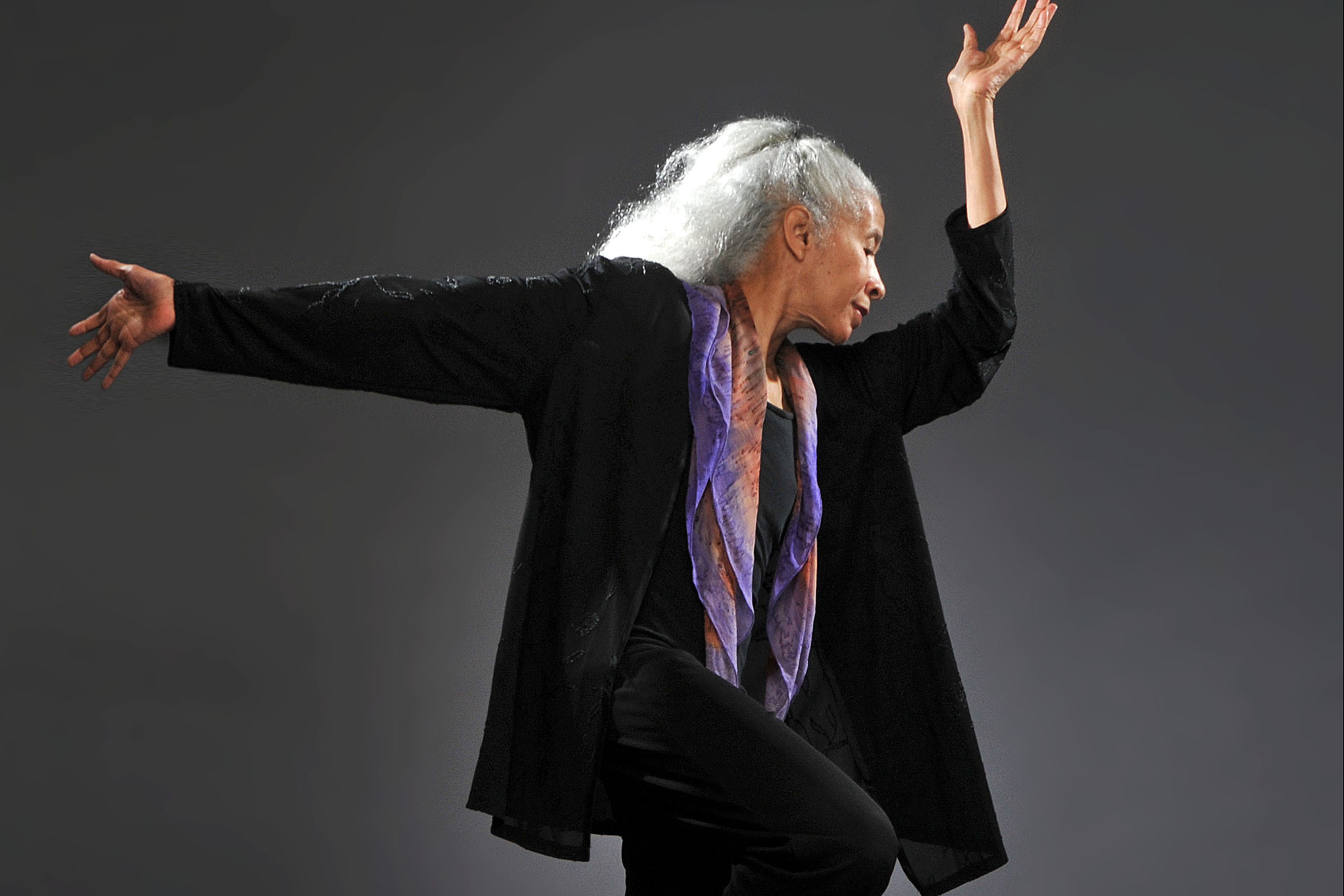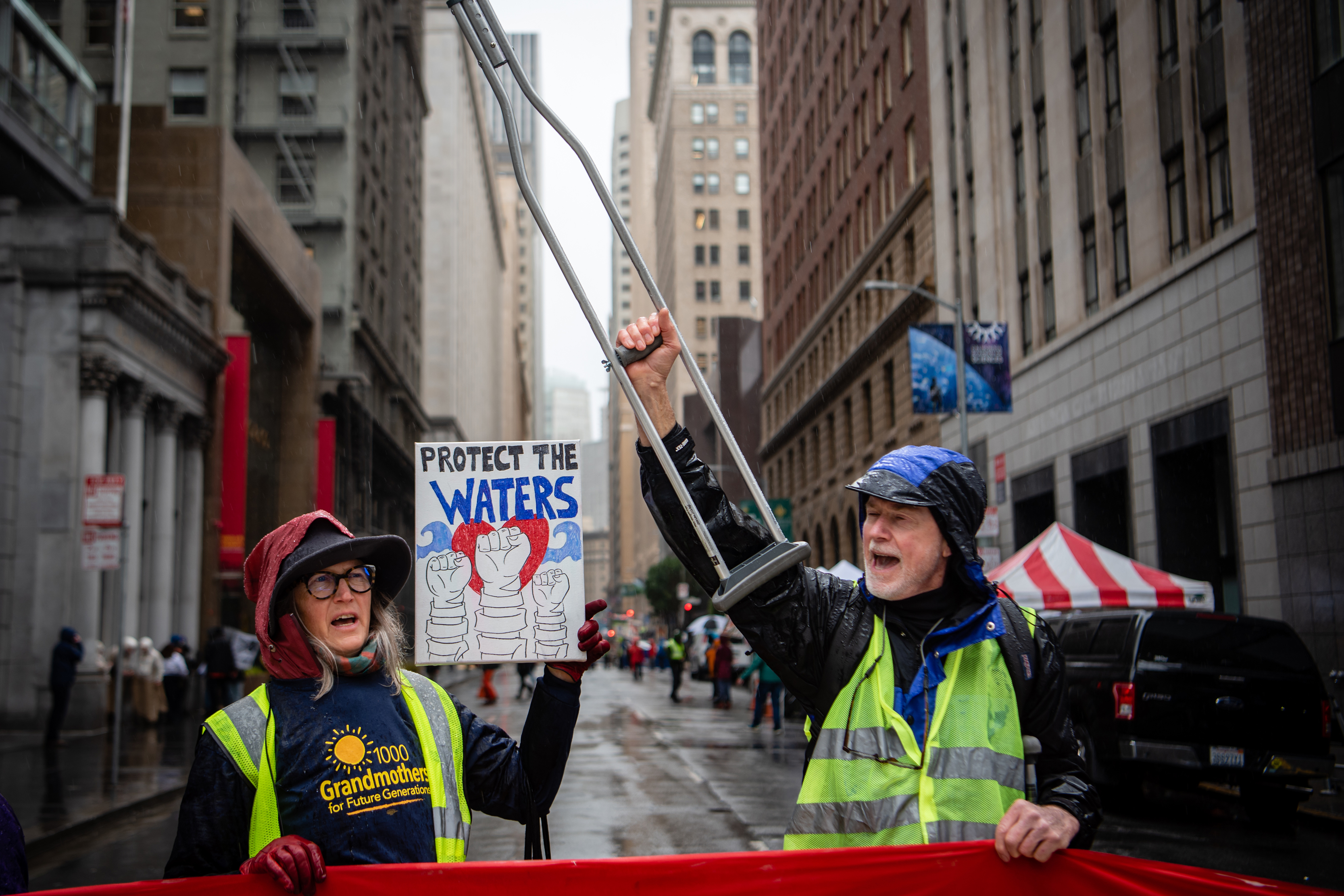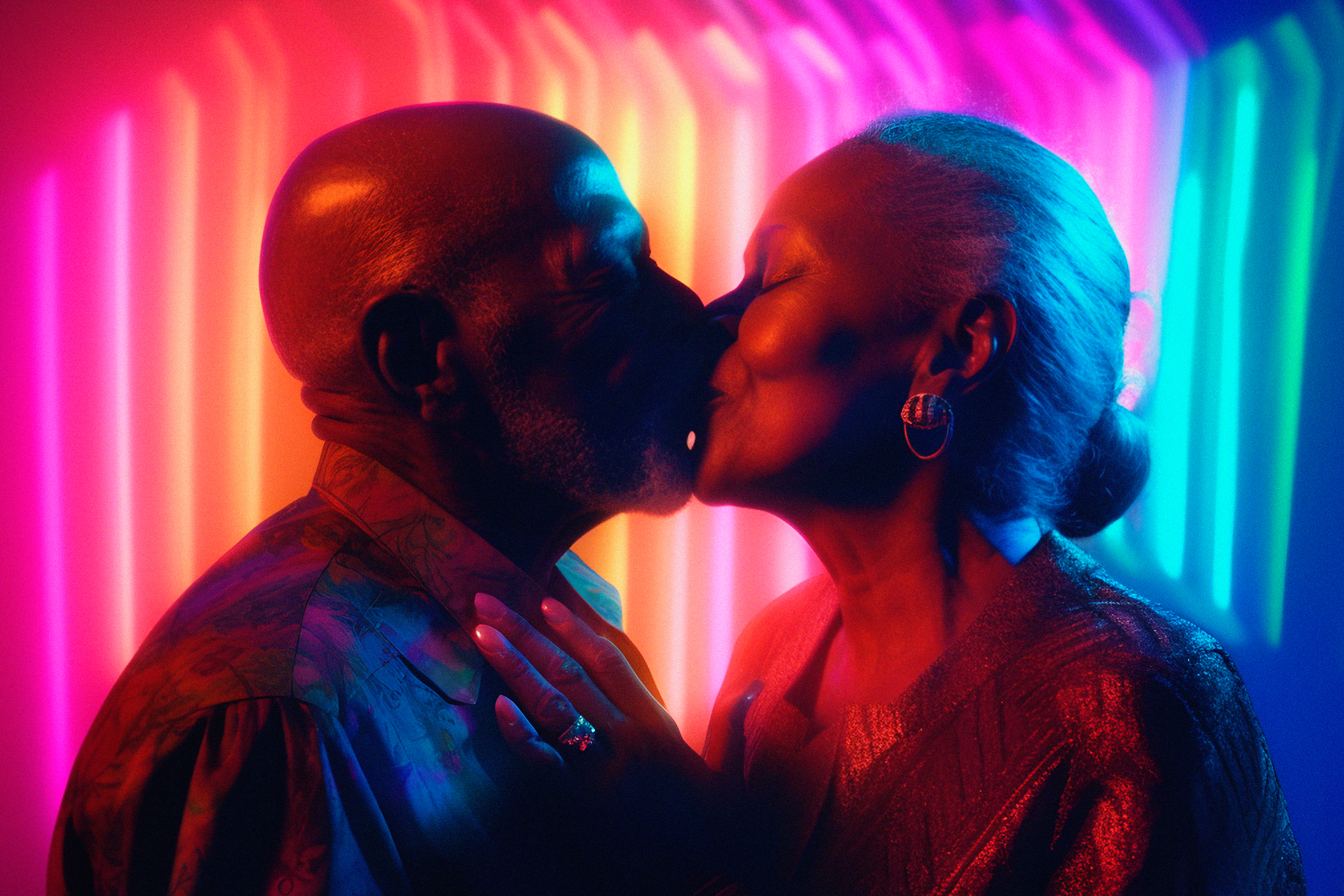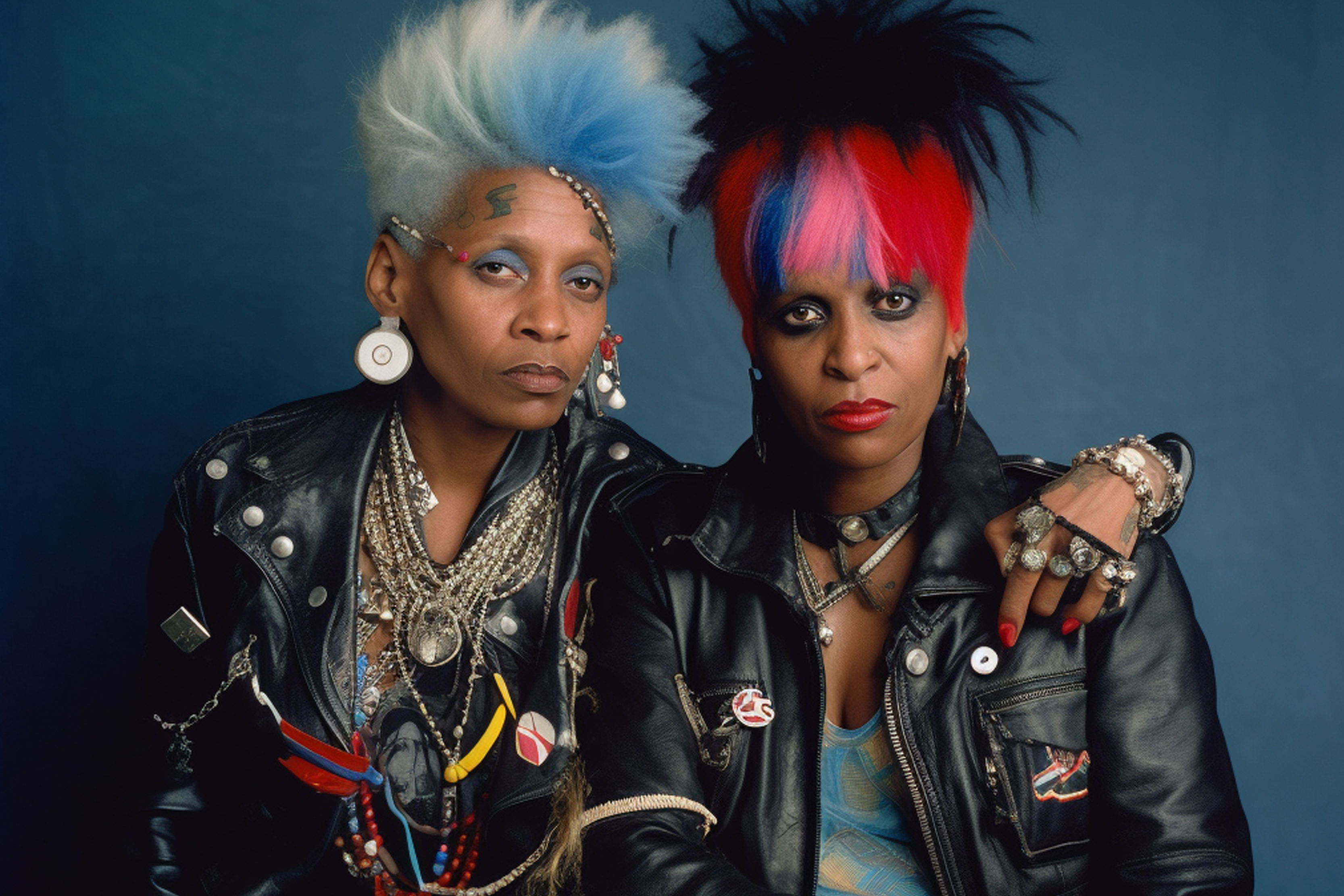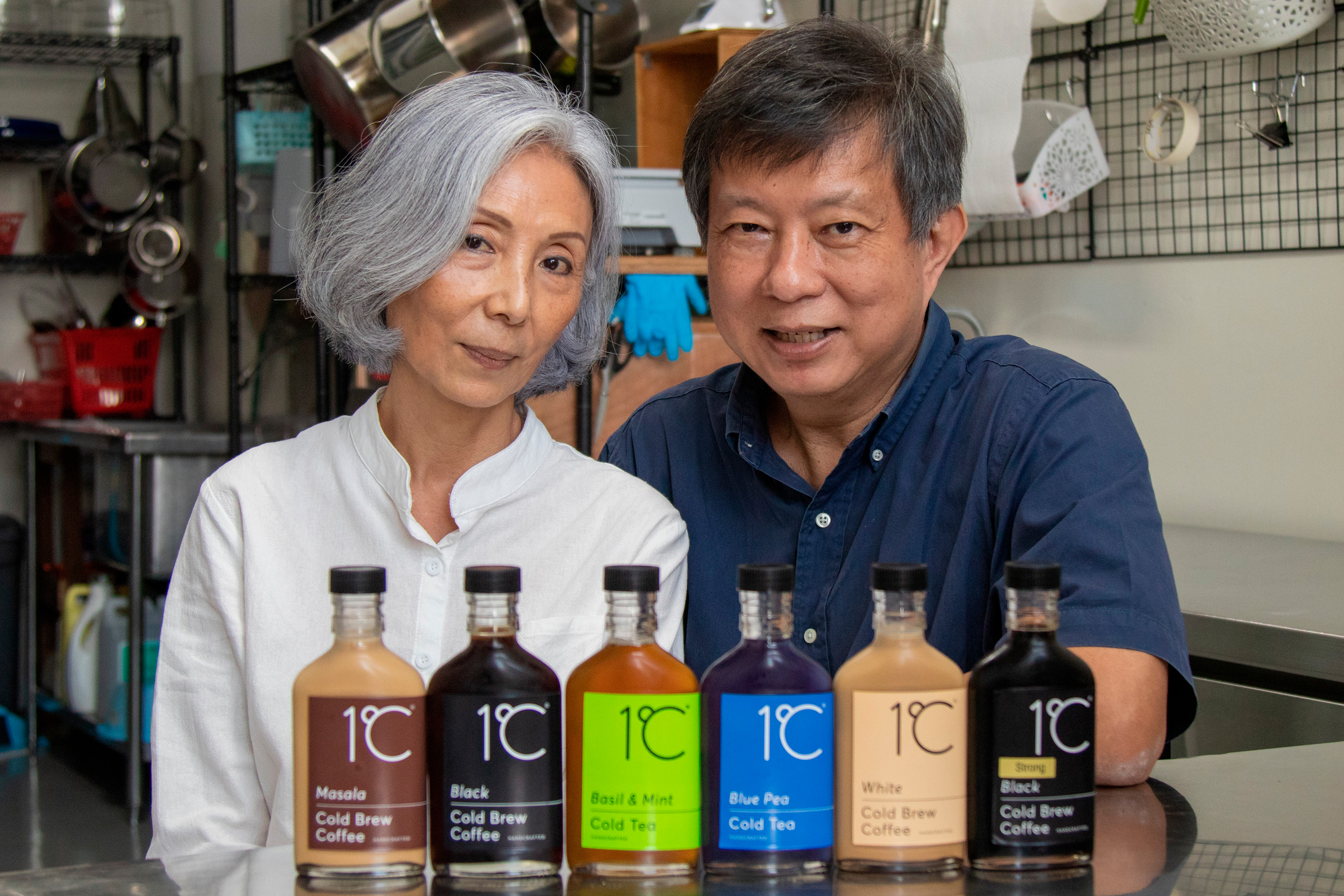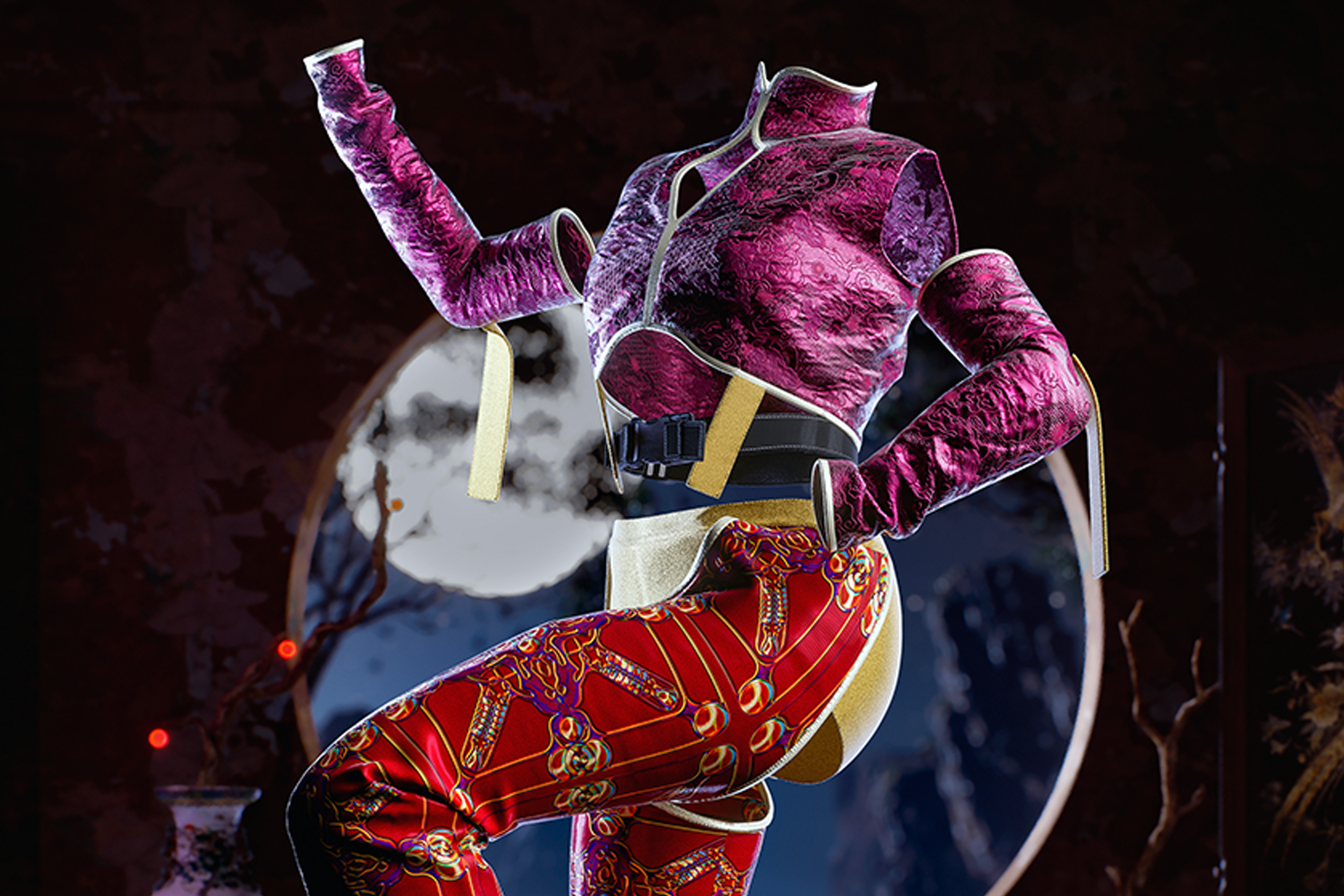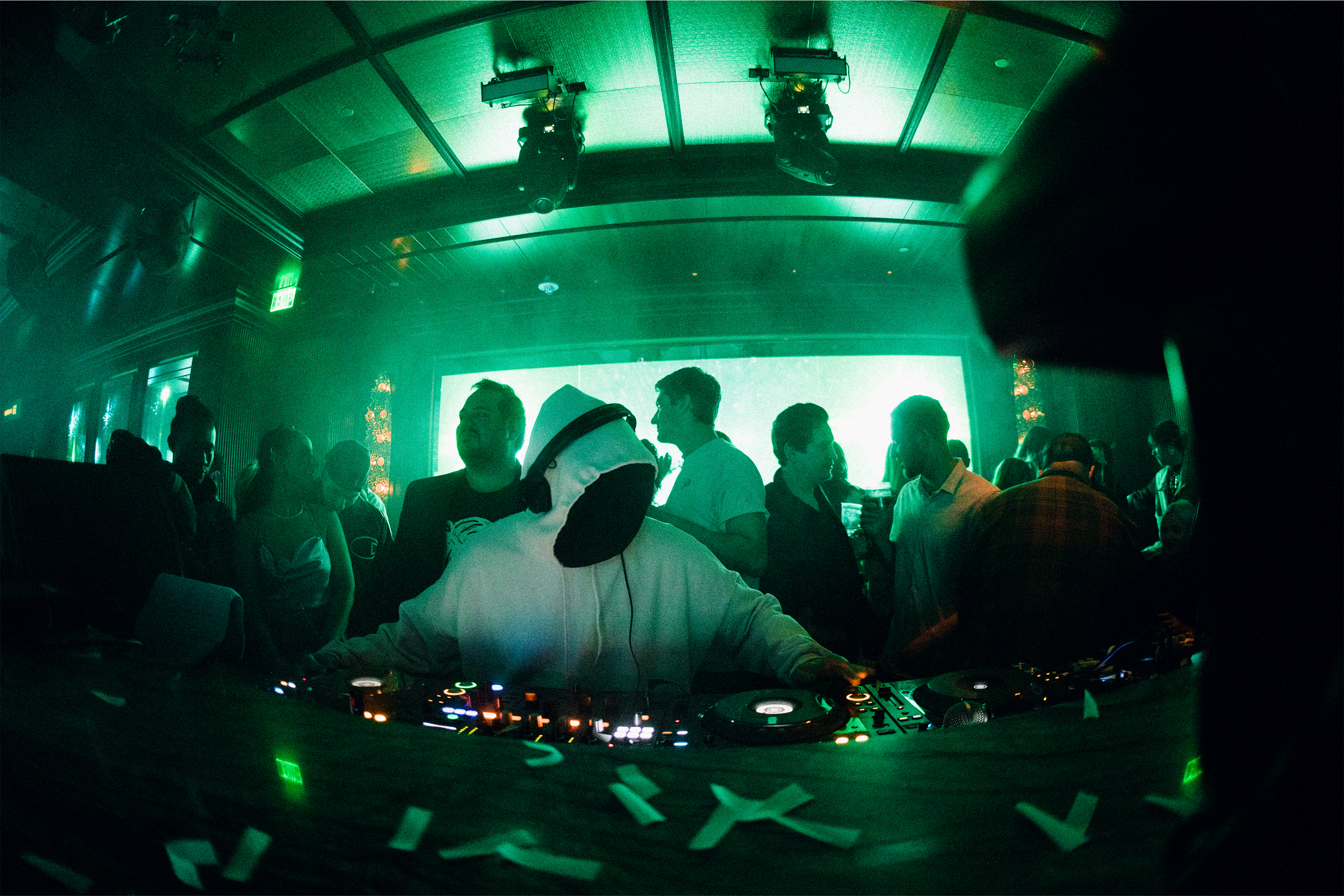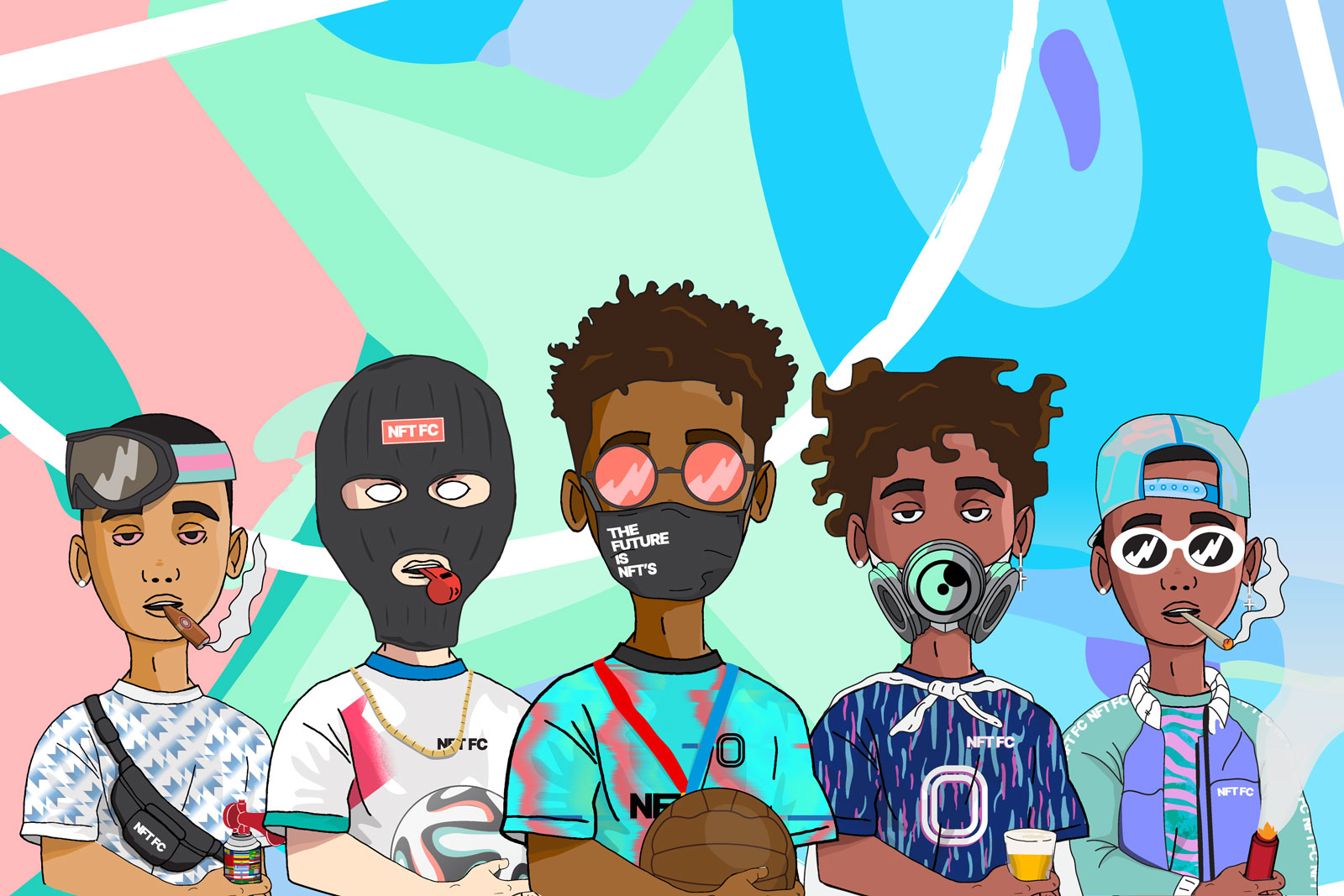
Latest in: Uncategorized
We talked to Dianne McIntyre, a renowned modern dancer, choreographer and director, about how she continues to be a trailblazer at a later age, and why you can be modern at any ages. Dianne …
We spoke to Bill McKibben, founder of Third Act, about how activism at an older age is not only important for older people but necessary for society. Bill McKibben is an environmentalist and founder …
We spoke to Jane Fleishman and explored the radical thought that sex at an older age can be the most fulfilling yet, and that the key to achieving this is to welcome and embrace …
We sat down with Sari Botton, editor-in-chief of newsletter Oldster Magazine, about how getting older lets you be the truest version of yourself. Through her Substack newsletter, Sari Botton examines what it means to …
We met with Yan Ong, an unstoppable multifaceted talent, to talk about why going headfirst into exciting new endeavours can be done at any age. Yan Ong is a model, entrepreneur, and social media …
We spoke to Nirmala Shome, Head of Community at The Fabricant, about how digital fashion is inspiring a community driven revolution. Nirmala Shome is the Head of Community at The Fabricant—a digital fashion house …
We sat down with content creator Diipa Büller-Khosla to talk about what it’s like building a next generation skincare brand with 1.7 million fans as co-founders. Diipa Büller-Khosla is a content creator, model, activist …
We spoke to Ryan Abary, Community Manager at Sturdy Exchange, about how artists are curating NFT experiences for their fans.
We talked to Deere, a full-time streamer about building fanbases on Twitch, and why the future of gaming is going to be all about embracing ‘niche’ fandoms. Deere is a full-time streamer on Twitch …
We spoke to Finley Hayhurst about how Web3 is taking the power away from the football establishment and putting it into the hands of fans. Finley Hayhurst is a former professional football player and …
